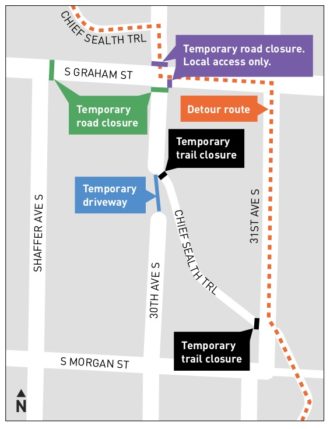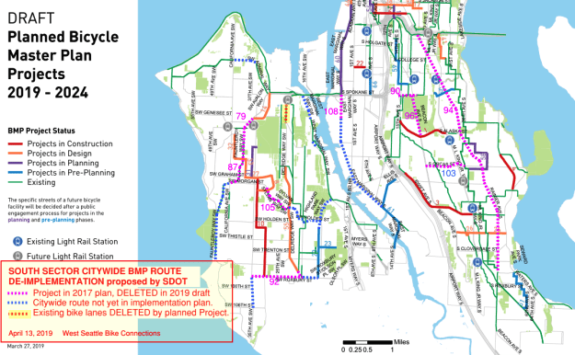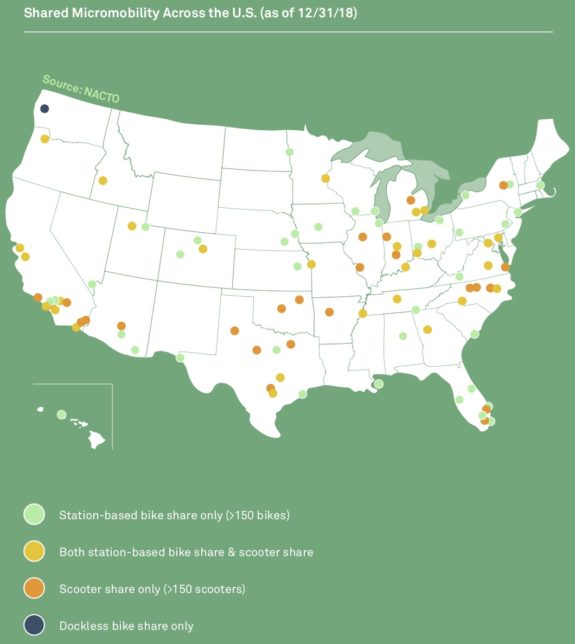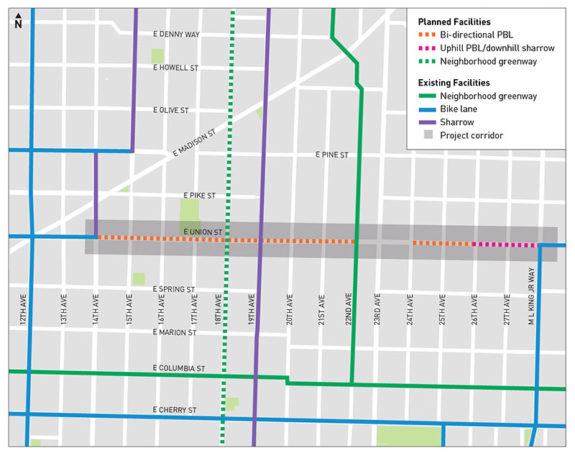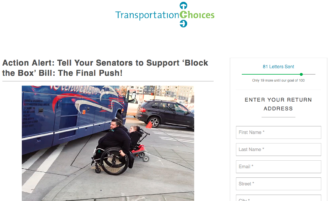
The Washington State legislature initially failed this session to pass a law to allow cities to use automated camera enforcement to keep bus lanes and intersections clear. But thanks to some great, persistent advocacy from organizations like Transportation Choices Coalition and Rooted In Rights, the bill is back as a part of the state budget.
HB 1793 has already passed the full House and the Senate Transportation Committee. Now it has a handful of days to get a vote on the Senate floor, and you can help.
TCC put out this call for help and a handy online tool to help you quickly send a message to your Senator:
HB 1793 passed the House floor and Senate Transportation Committee! Now it’s headed to the Senate Rules Committee and — with your help — the Senate floor for a final vote.
TCC has been working with Representative Fitzgibbon, Senator Saldaña, and Senator Nguyen, as well as partners Rooted in Rights and the City of Seattle to pass the “block the box” legislation, which would allow Seattle to use automated traffic camera enforcement to keep people safe and transit moving. (more…)

